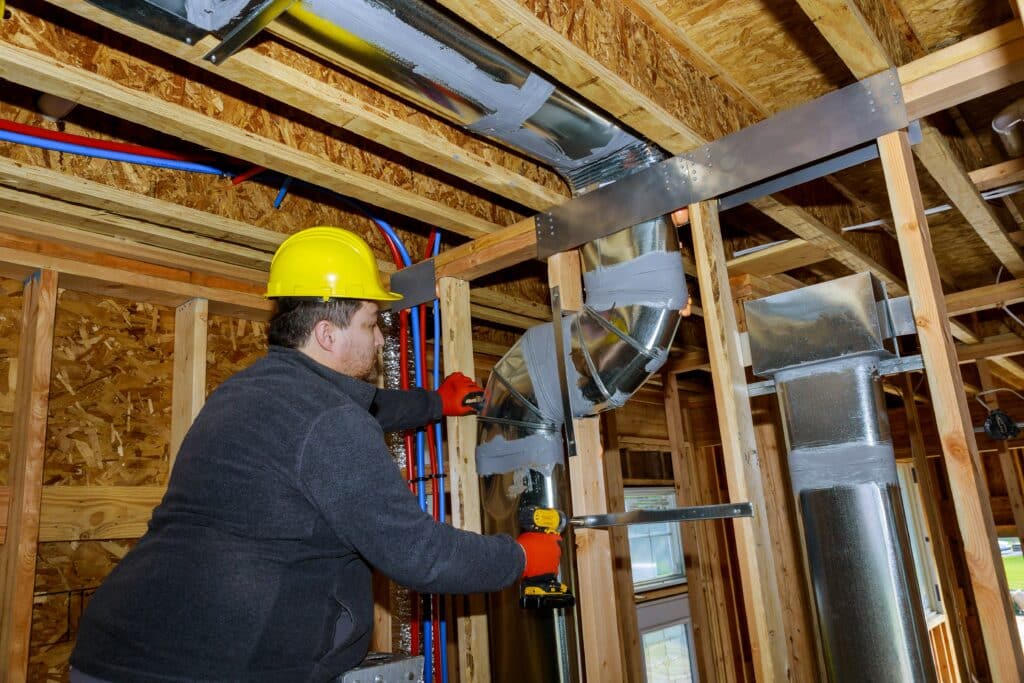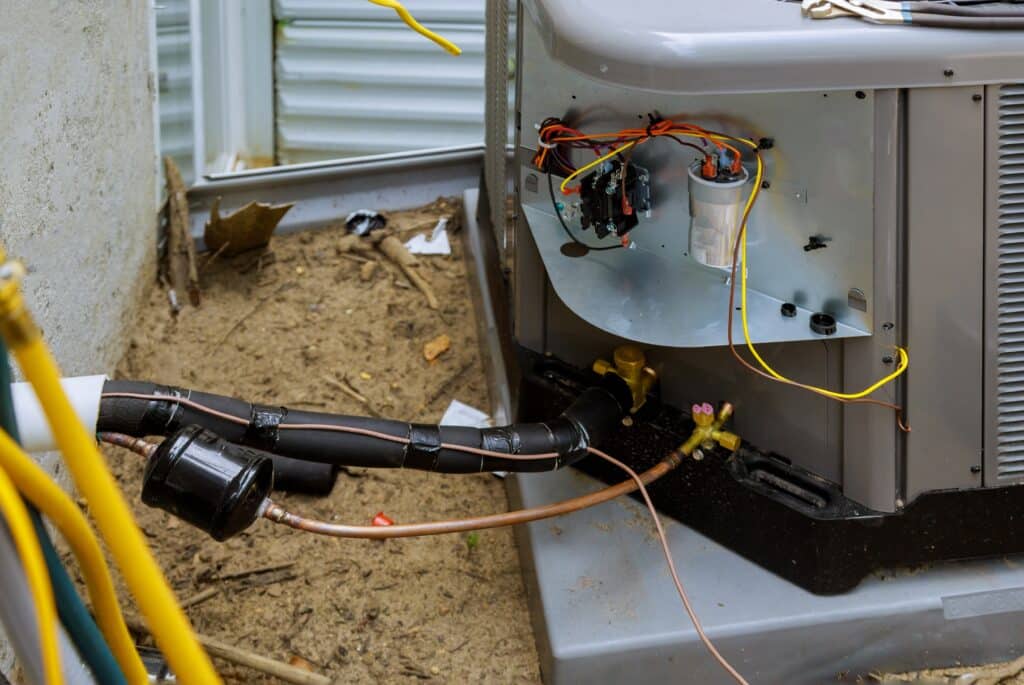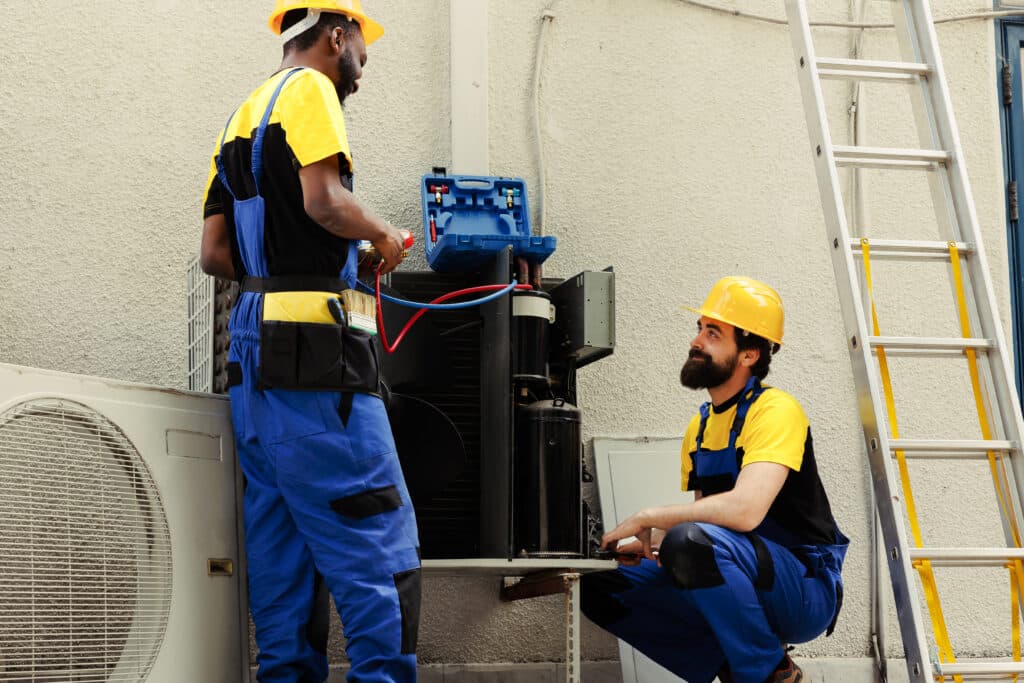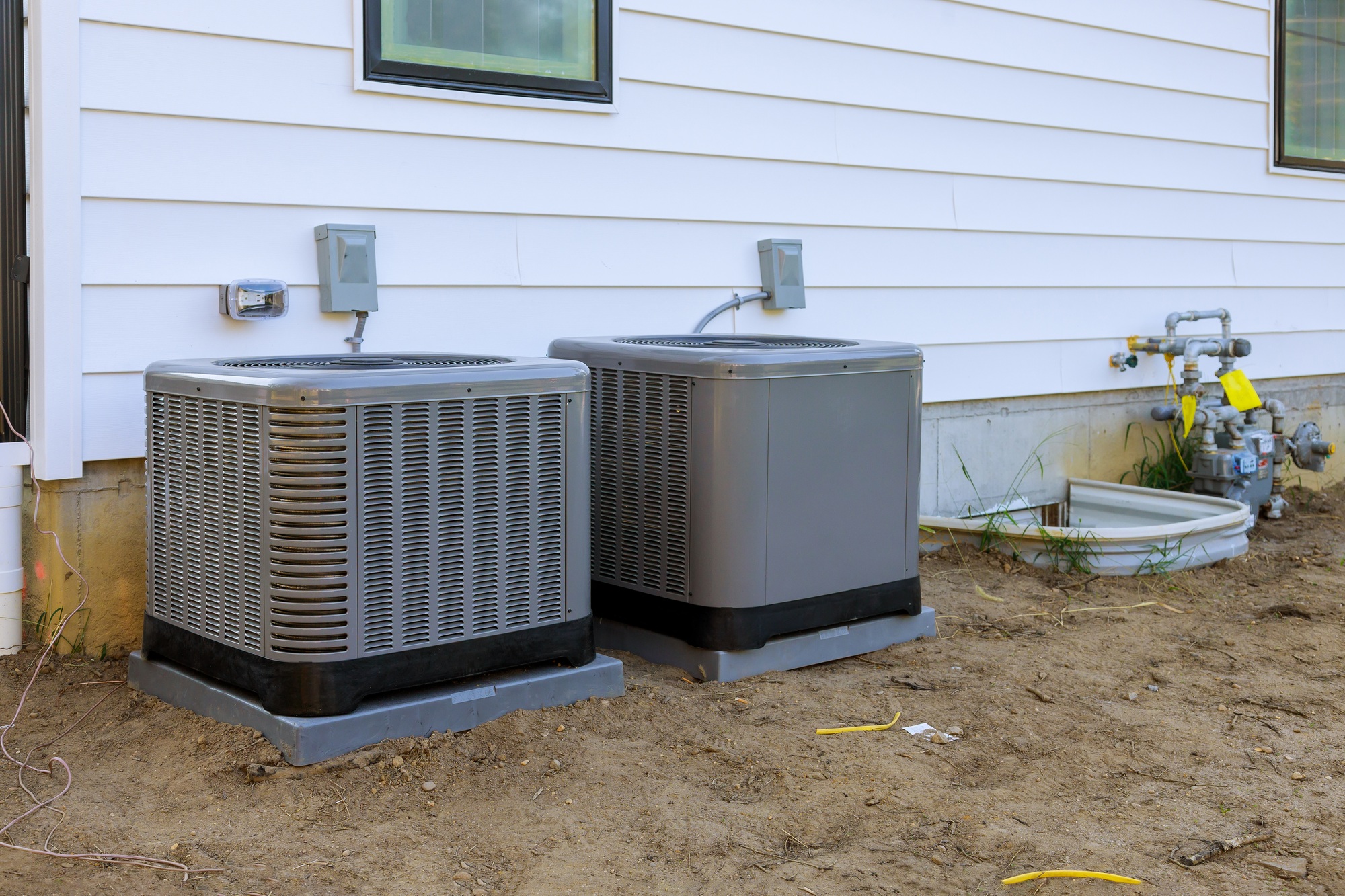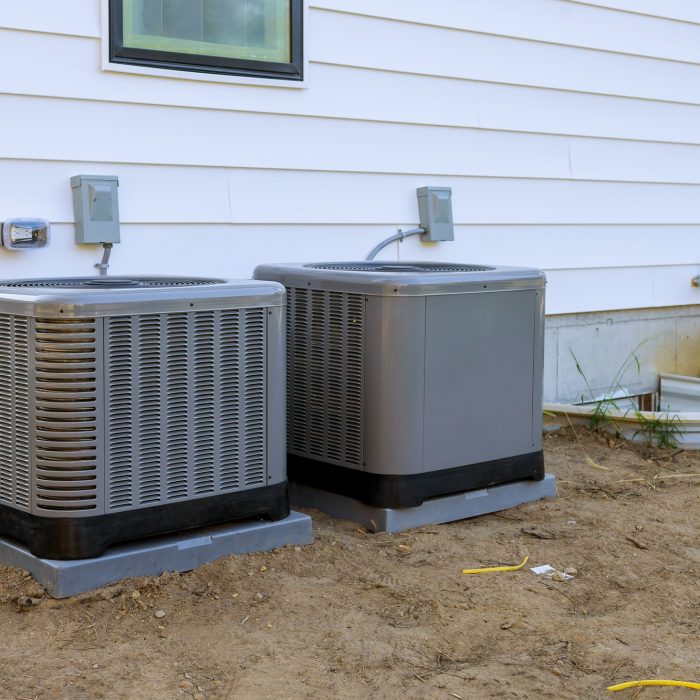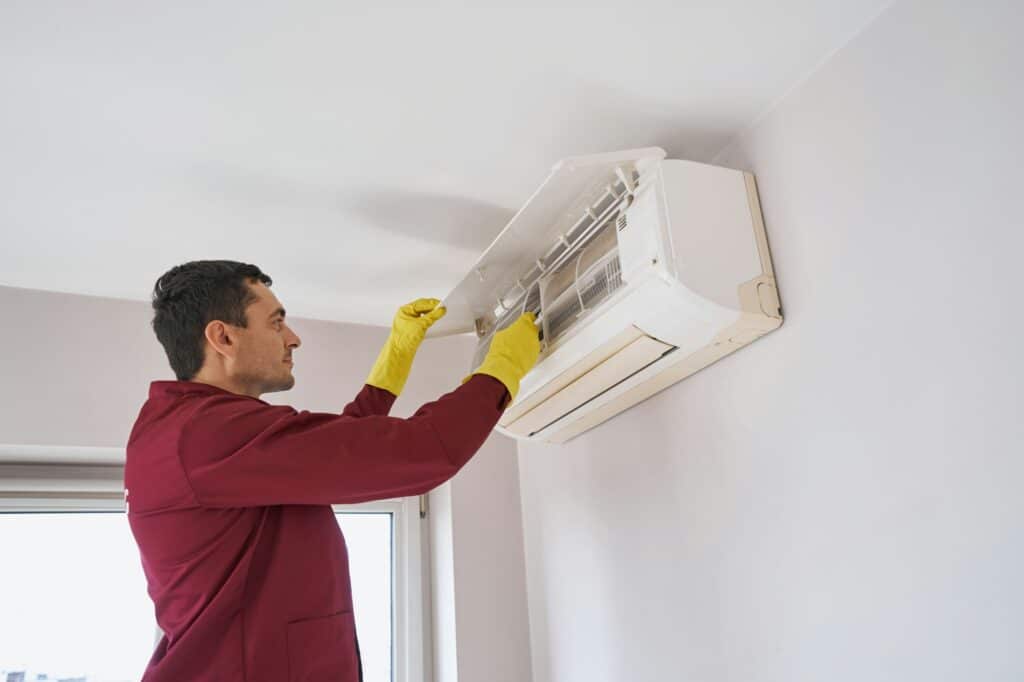
Refrigerant leaks are a common issue in air conditioning systems that can lead to reduced cooling performance, increased energy consumption, and potential environmental hazards. Understanding the causes, signs, and solutions for refrigerant leaks is essential for maintaining the efficiency and effectiveness of your AC system. In this article, we’ll delve into the factors behind refrigerant leaks, how to identify them, and the appropriate solutions to address the issue.
Causes of Refrigerant Leaks:
- Corrosion or Physical Damage: Over time, corrosion or physical damage to the refrigerant lines can cause leaks to develop. Exposure to moisture, chemicals, or external elements can accelerate the deterioration of the metal components, leading to leaks.
- Poor Installation: Improper installation of air conditioning systems, including insufficient brazing or welding of refrigerant lines, can result in leaks. Inadequate sealing of connections or joints can also contribute to refrigerant leakage.
- Normal Wear and Tear: With regular usage, the seals, fittings, and components of the AC system can experience wear and tear, increasing the risk of refrigerant leaks over time. Aging equipment may develop cracks, holes, or weakened areas that allow refrigerant to escape.
Signs of Refrigerant Leaks:
- Reduced Cooling Performance: A gradual decline in cooling efficiency or uneven cooling throughout your home can indicate a refrigerant leak. Insufficient refrigerant levels hinder the system’s ability to absorb heat, resulting in diminished cooling capacity.
- Hissing or Bubbling Sounds: If you hear hissing, bubbling, or gurgling noises coming from the indoor or outdoor unit of your air conditioner, it could be a sign of refrigerant leaking under pressure. These sounds may indicate the presence of refrigerant escaping from the system.
- Ice Build-Up on Coils: Refrigerant leaks can cause the evaporator coils to freeze due to decreased pressure and temperature levels. Ice accumulation on the coils restricts airflow and reduces cooling efficiency, leading to further performance issues.
- Visible Refrigerant Stains: Check for oily or greasy residues around refrigerant lines, connections, or components of the AC system. These stains indicate the presence of leaked refrigerant and should be addressed promptly.
Solutions for Refrigerant Leaks:
- Professional Leak Detection: In cases of suspected refrigerant leaks, it’s essential to enlist the services of a qualified HVAC technician for leak detection and diagnosis. Technicians utilize specialized tools and equipment, such as leak detectors and UV dyes, to pinpoint the source of the leak accurately.
- Repair or Replacement of Components: Depending on the severity and location of the leak, repairs may involve sealing leaks with epoxy or soldering, replacing damaged components, or recharging the refrigerant. Technicians will assess the extent of the damage and recommend the most appropriate solution.
- Refrigerant Recharge: Once the leak is repaired, the refrigerant levels in the system may need to be replenished through a process known as refrigerant recharge or recharging. Technicians will carefully add the correct amount of refrigerant specified for your AC system to restore optimal performance.
While maintenance may seem like an added expense, it’s a cost-effective investment that pays dividends in the long run. From improved efficiency and energy savings to preventing costly repairs and extending the lifespan of your system, regular maintenance offers numerous benefits for homeowners. Trusting HVAC Professionals like Generation Air Conditioning & Heating to help you with your maintenance is the way to go! Contact us now today to get started on your HVAC Maintenance!
